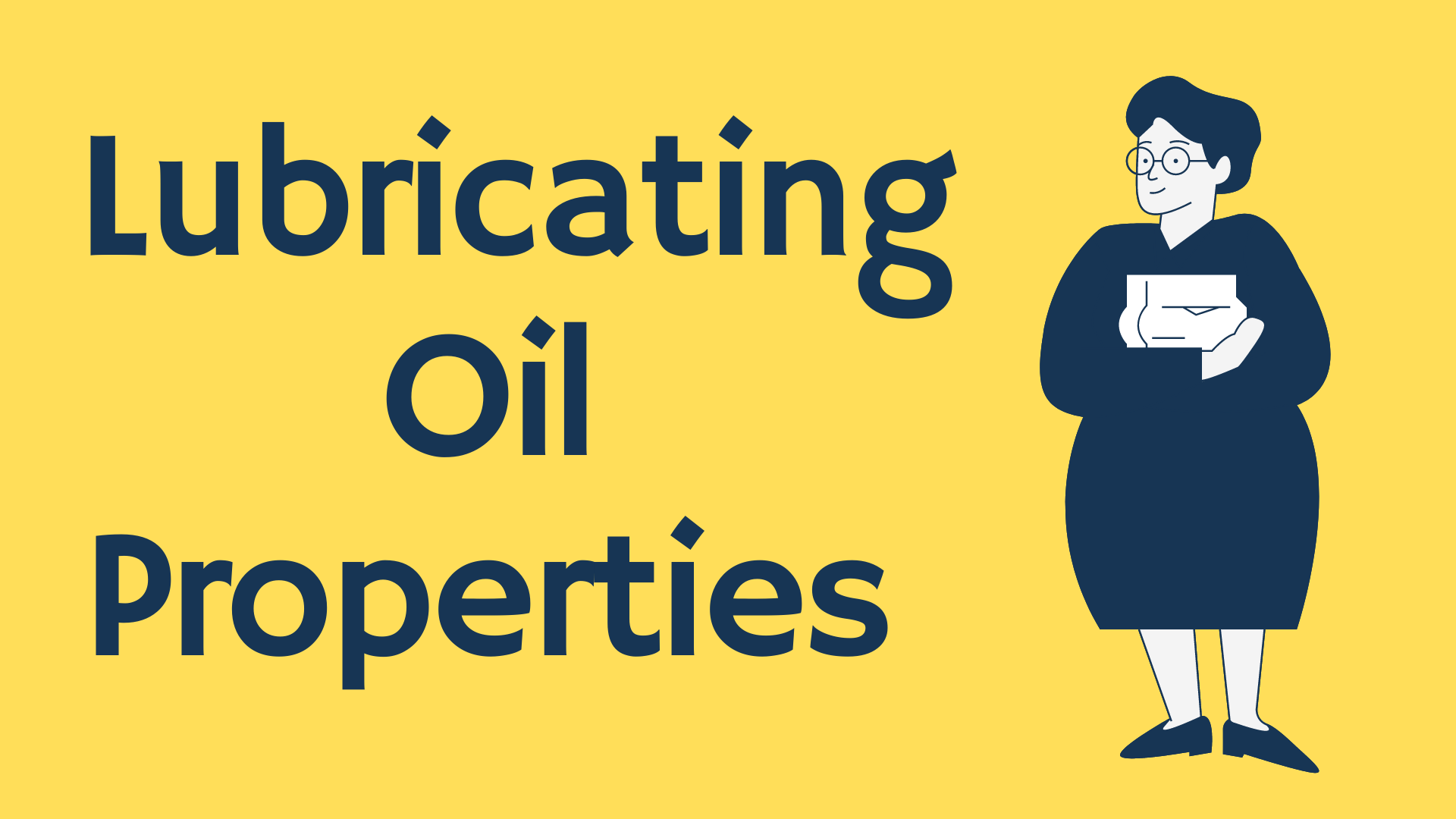This involves three distinctive areas
- Crankcase lubrication – SAE 40 (Low BN)
- Cylinder lubrication – SAE 50 (High BN)
- Lubrication of Turbocharger, Hydraulic governors, hydraulic exhaust valve actuator and turning gear.
Good operational practices concentrate on
- The correct choice of lubricant for each application.
- Selection of optimum feed rate, for the work engine, is doing.
- The cleaning and testing of the lubricant at intervals during its operating life.
Lubricant condition monitoring has the aim of measuring the extent to which a lubricant has retained its key physical characteristics and assessing the extent to which the lube oil has become degraded by contaminants.
The viscosity grade of lube oil is determined by SAE (Society of Automotive Engineers). Lube oils can be separated into multi-grade oil or monograde oil.
Multigrade oils must fulfil two viscosity specifications. Their viscosity grade consists of two numbers.
For example:-
10W-40 10W refers to low-temperature viscosity where W stand for winter. 40 refers to high-temperature viscosity (summer)
Currently, most automotive engine oils are multi-grade oils, while oil restricted usage is often monograde oils.
System Lubricating oil properties
The properties are determined on duties a lubricant is likely to accomplish: –
- Detergency – It has the property of preventing the deposition of carbonaceous deposits and wash away with Lube oil.
- Dispersancy – It is made to split the large size residues into small particles to be taken in colloidal suspension evenly during the bulk of the oil.
- Anti emulsion– The characteristic of the oil to get separate from the water in a non-miscible emulsion.
- Antibacterial
- Anti-corrosion
- Anti-oxidation– It is a property to resist oxidation. Additives are used to enhance this characteristic.
- Viscosity– It determines the resistance of oil internal cohesive forces and promotes the setting up of certain conditions for friction between the moving surfaces.
- Viscosity index– It is the property of lube oil to oppose the change in viscosity as per change in temperature.
- Alkalinity
- Thermal stability– It is the property of the oil to be stable and resist cracking at high temperatures.
- Antifoaming– It is used to prevent the undesirable phenomenon of the oil mixing with air resulting in Cavitation and Overheating.
- Anti-wear properties
- Oiliness and EP (extended pressure) additive oils – It is the tendency of oil to stick or wet the moving surfaces.
Thank you for reading, do like, share and comment on the article!
Also, check out our article on main engine distant parts cooling.
